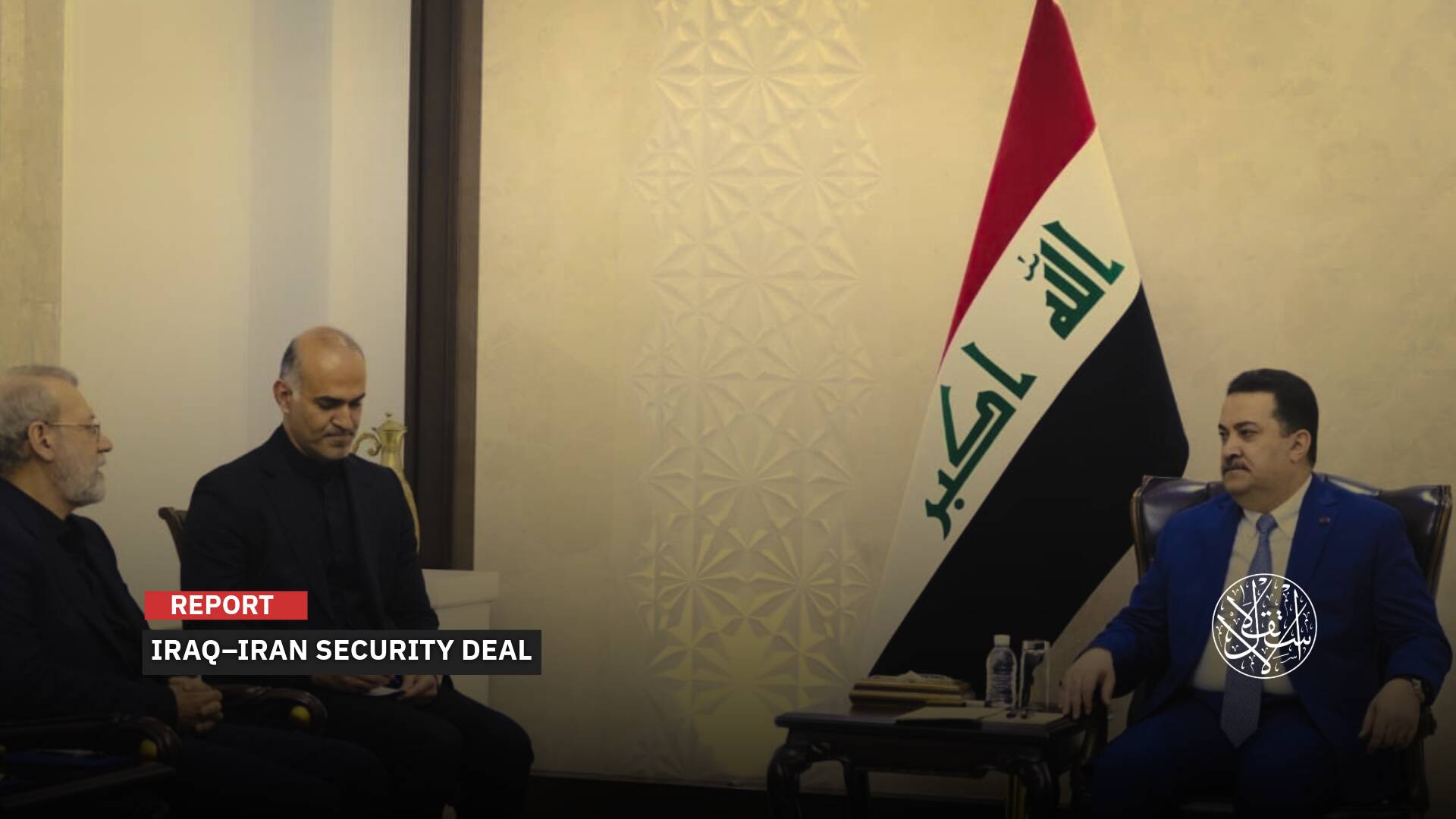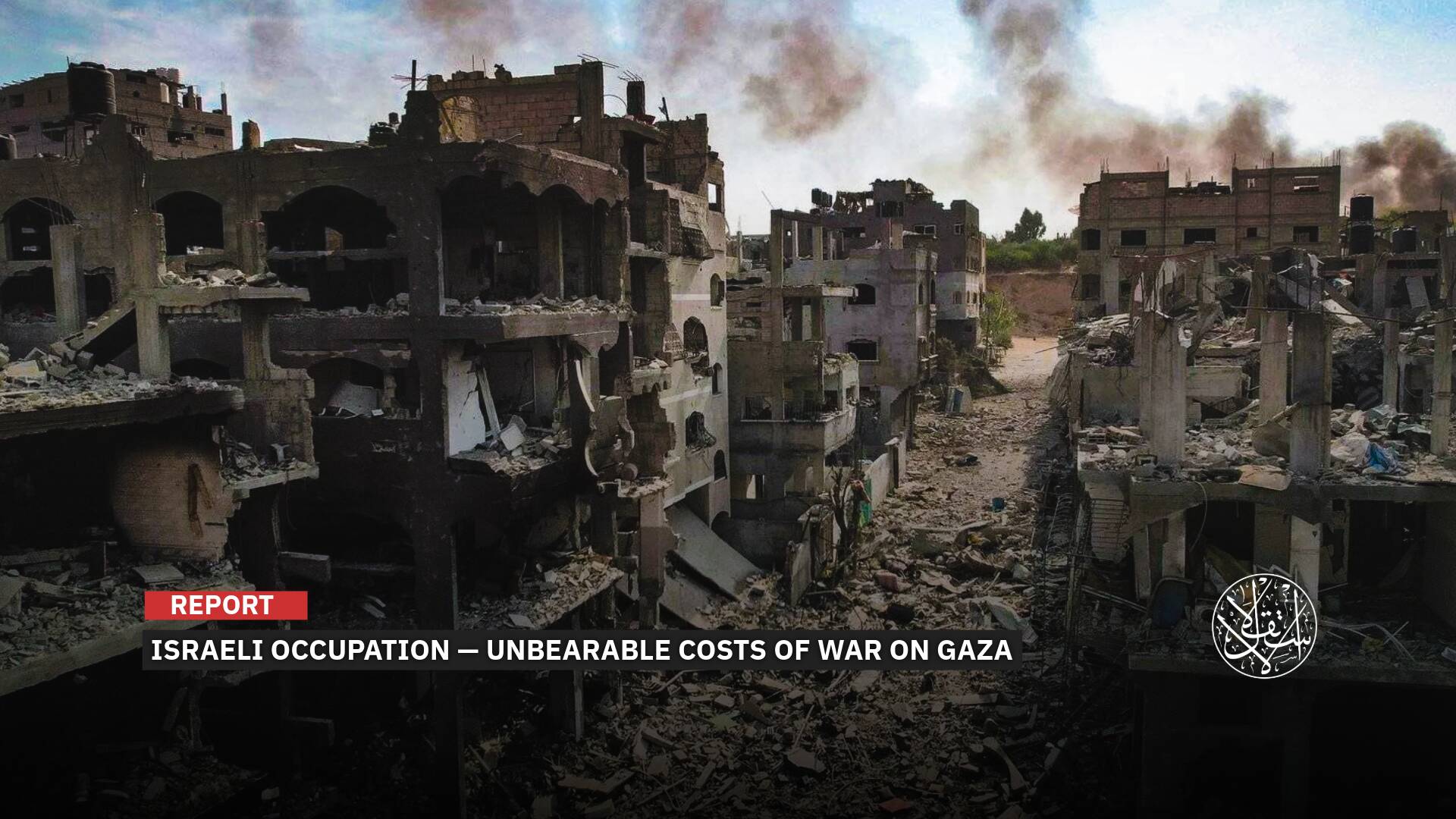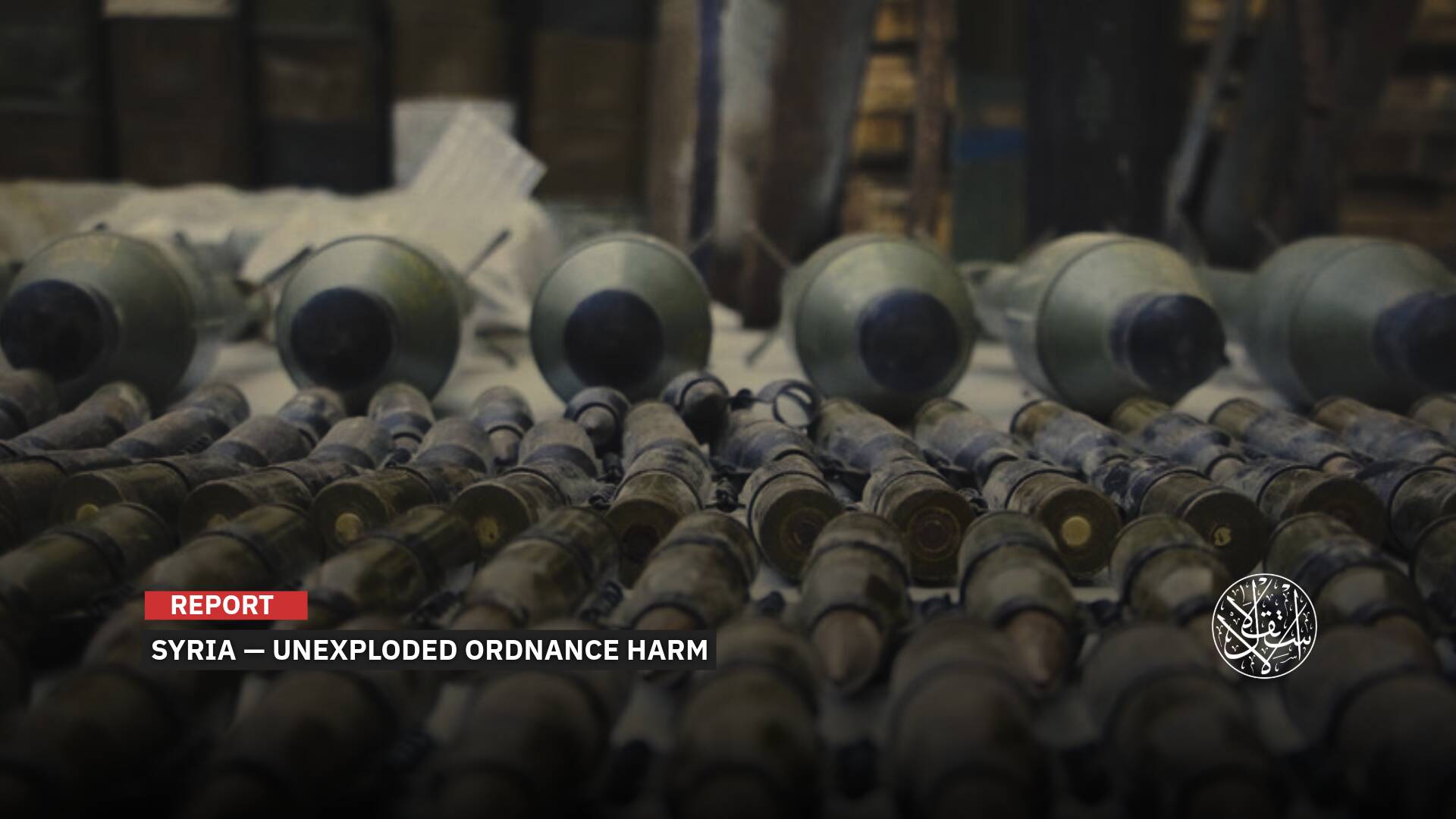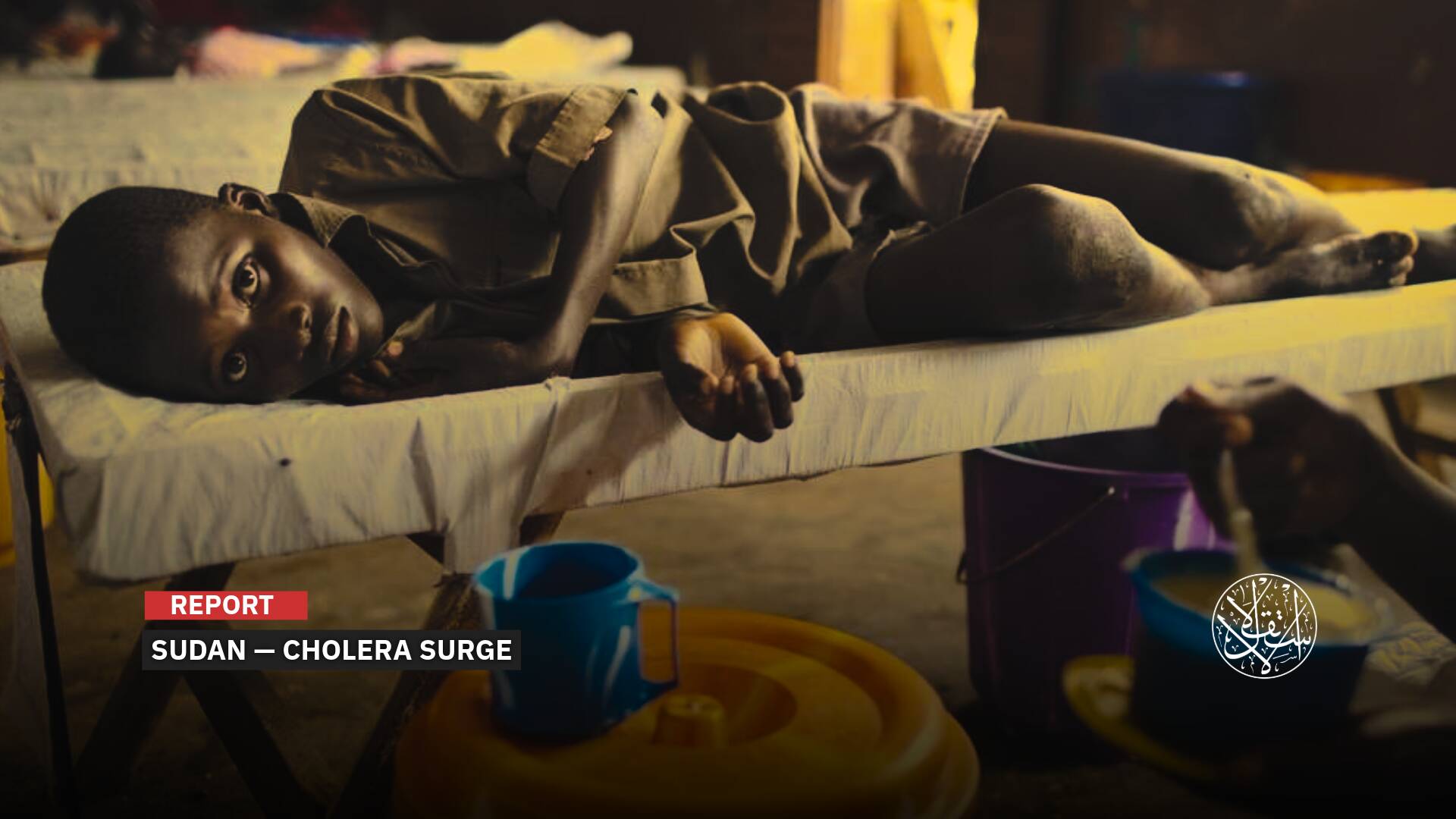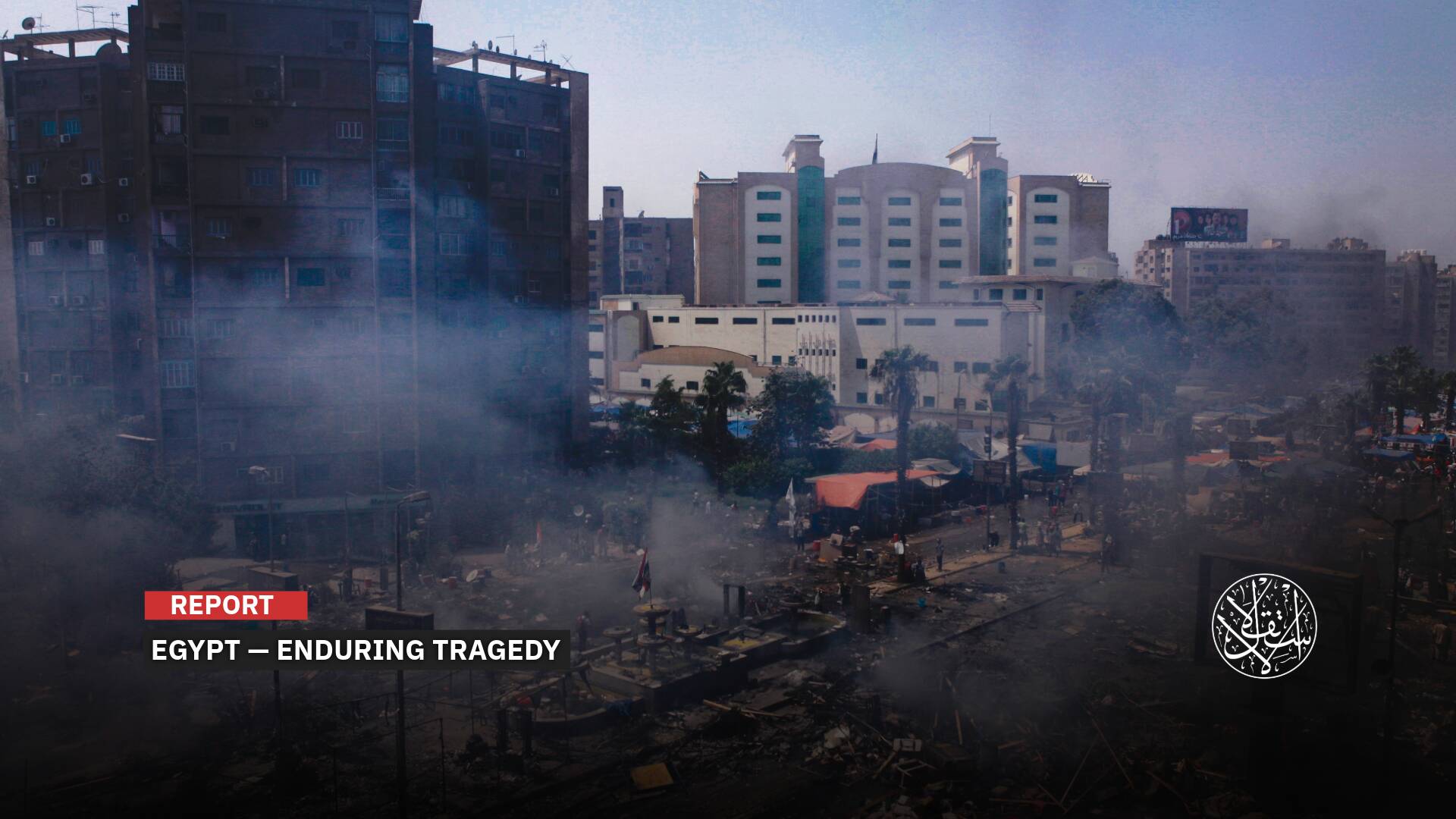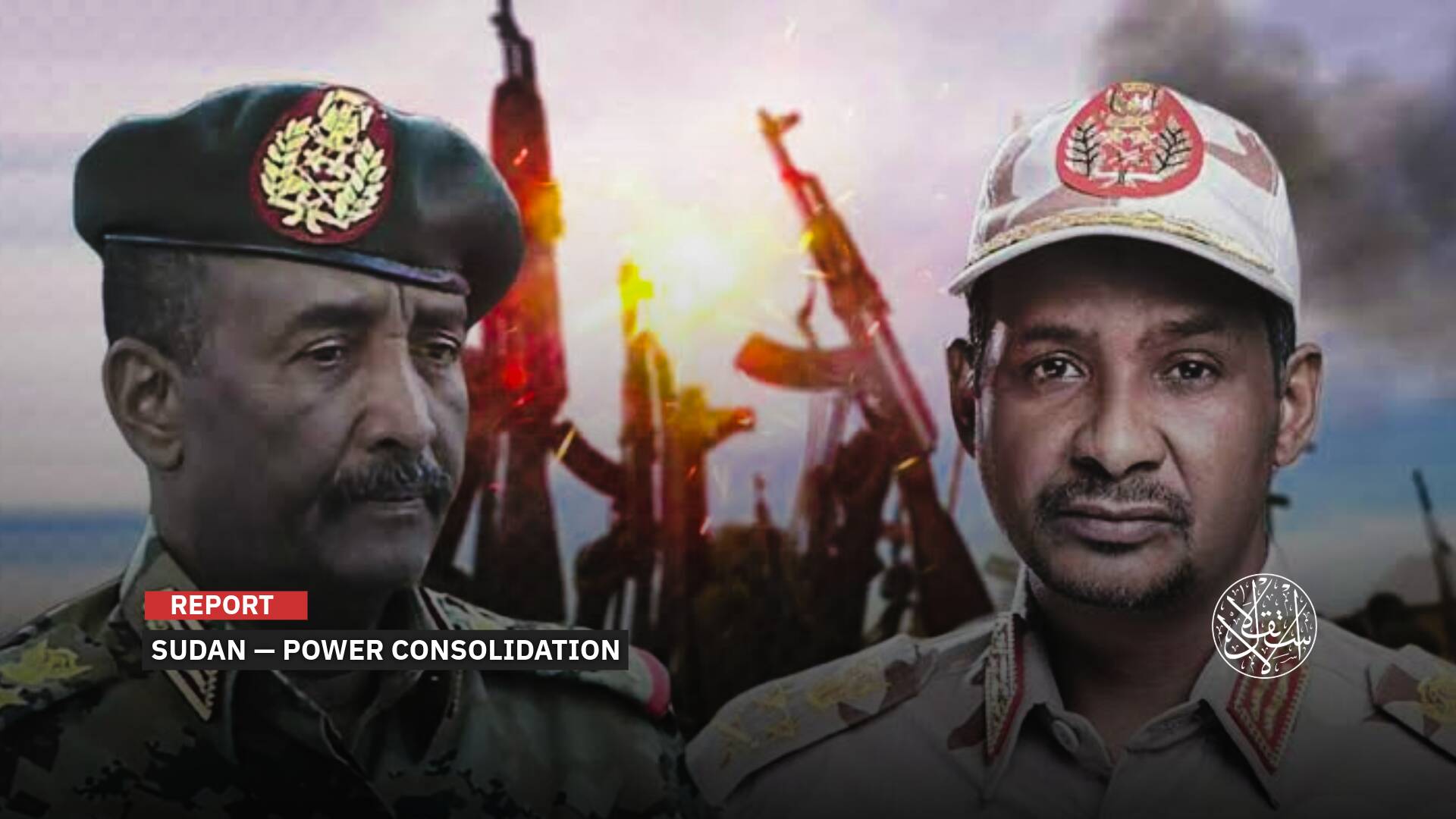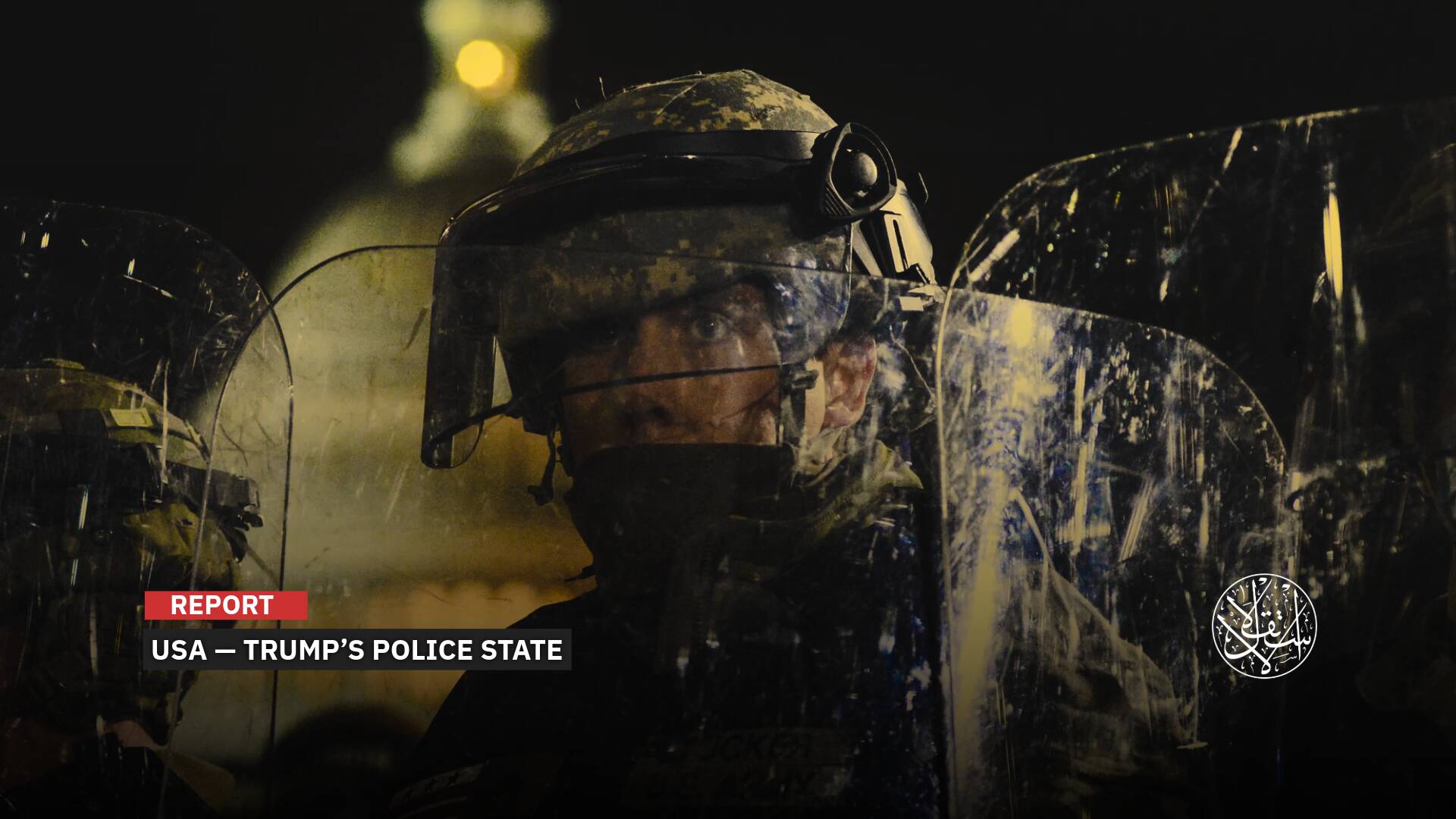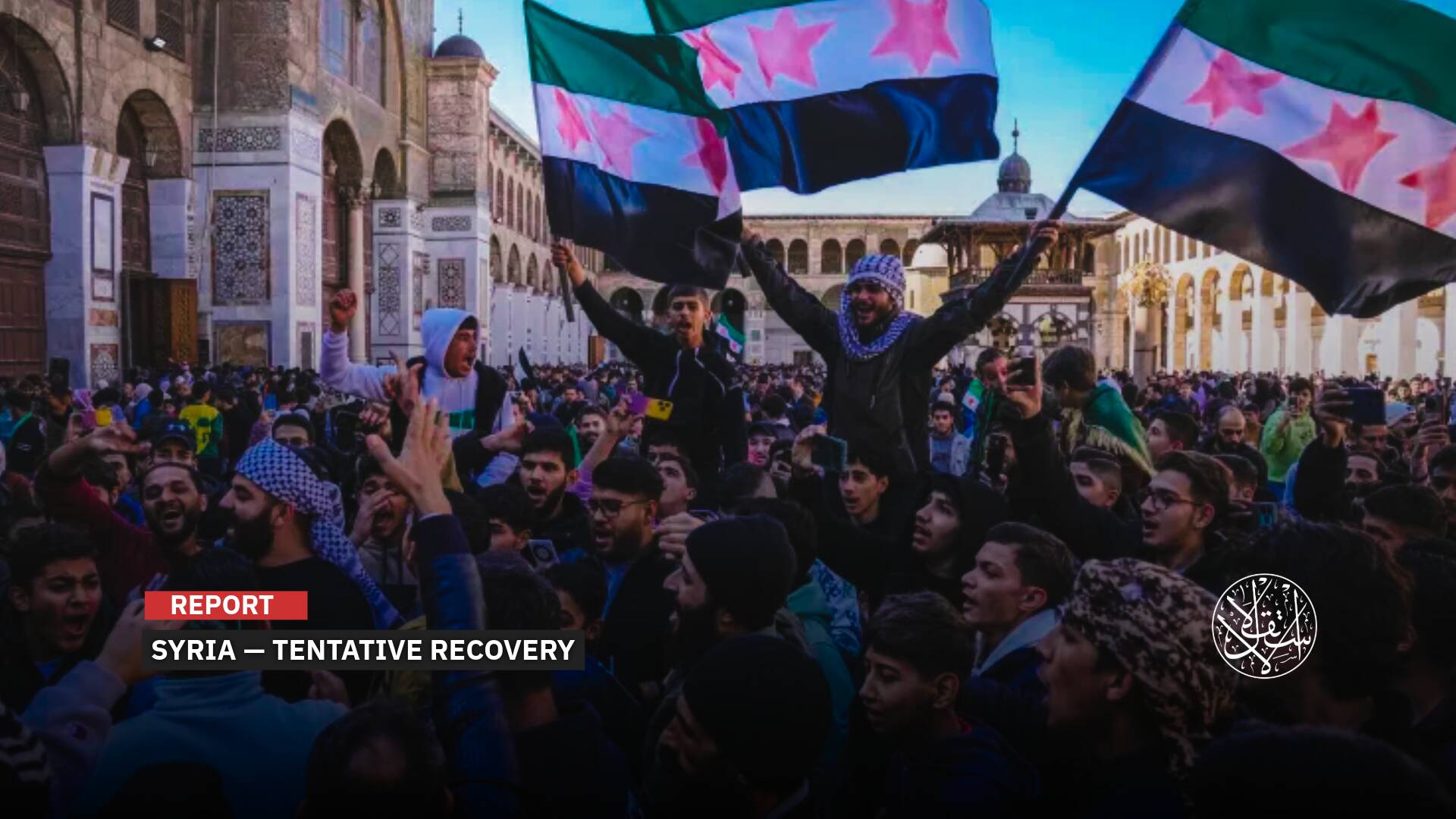Battle Lines Drawn: RSF Militia Cornered as Sudanese Army Strikes Back

"The army should build on their victory, push forward, and strike with even greater force."
On October 9, 2024, the Sudanese army announced the successful recapture of the Jirwah area in the Blue Nile state, previously held by the UAE-backed Rapid Support Forces (RSF) militia.
The Sudanese army stated in a statement that it inflicted "significant losses in equipment and lives on the enemy mercenaries, and their remaining remnants fled," adding that the Blue Nile state has now been "completely cleansed of rebels."
In the capital Khartoum, reports indicated the withdrawal of RSF militia units from several areas east of the Nile, as they repositioned in Bahri, which has seen advances from the army since crossing the Halfaya Bridge a week prior and expanding into northern Bahri.
RSF’s Strategic Defeats
This shift marked a critical moment in a conflict that began on April 15, 2023, as the ongoing war between the army and the RSF militia reached one of its most intense phases.
The ongoing war in Sudan between the army and the RSF, known as the Janjaweed, has reached one of its most intense chapters.
The conflict, which began about a year and a half ago on April 15, 2023, initially saw multiple tactical victories for the RSF militia, led by Mohamed Hamdan Dagalo (Hemetti) with UAE support.
The RSF militia succeeded in seizing many crucial states, including much of the capital Khartoum, extending to Al-Jazeera and Sennar.
However, the recent strategic defeats for the RSF militia, particularly following an unprecedented army assault in Khartoum on September 26, 2024, have significantly altered the course of the conflict.
This surprise attack allowed the army to seize key headquarters and disrupt RSF militia formations, compelling them to reassess their strategy.
Following this victory in Khartoum, the army has been quick to capitalize on its momentum, advancing toward pivotal regions to decisively conclude the battle and deliver a crushing blow to the beleaguered RSF forces.

Seizing Control of Jebel Moya
On October 6, 2024, Sudanese army spokesperson Brigadier General Nabil Abdullah reported victories in the strategic Jebel Moya area, which the army had lost to the RSF militia in June 2024.
Abdullah noted that the successful operation not only resulted in heavy losses for the RSF militia but also lifted the three-month isolation of the White Nile and Sennar states.
The following day, General Shams al-Din Kabbashi, Lieutenant General Shams al-Din Kabashi, Member of the Sovereignty Council and Deputy Commander-in-Chief of the Armed Forces, visited the Sudanese troops stationed on the front lines of the liberated Jebel Moya, praising the high morale of the troops and the crucial role of popular resistance in the victory.
He reiterated the army's commitment to liberating every inch of the homeland and purging Sudan of the terrorist rebel militia.
The strategic significance of Jebel Moya lies in its geographical positioning, as it controls vital overland routes connecting key cities.
Additionally, the surrounding military bases, including the 17th Division in Singa and the 18th Division in the White Nile, the 265th Air Brigade in Sennar, and the Kena Air Base enhance the army's operational capacity in the region.

Isolation of the Rebels
The recapture of Jebel Moya has effectively isolated RSF militia forces in cities like Singa and Al-Dinder, limiting their options for retreat or resupply.
A Sudanese military official noted that the RSF militia is now effectively trapped between the army's advancing divisions.
The previous control of the RSF militia over Jebel Moya had turned those military areas into isolated islands, isolating the three states from the rest of the country.
According to the German site Deutsche Welle (DW), citing a Sudanese military official on October 8, the loss of Jebel Moya means isolating RSF forces spread across the cities of Singa, Al-Suki, Al-Dinder, and Abu Hagar from one another.
However, this military advancement and victory for the army places the RSF militia between the pincers of the army’s 4th Division in the Blue Nile state to the east, the 17th Division in Sennar to the west, the 2nd Division to the east, and the 18th Division in the White Nile to the south.
The Sudanese official stated, "Currently, there is no option left for those forces [RSF militia] other than to flee or surrender to the army's movements after cutting their supply lines.”
Strategic Gains Unfold
In an interview with Al-Jazeera on October 7, retired Sudanese Officer Salem Abdullah emphasized the military and economic ramifications of the Jebel Moya victory.
He indicated that this advancement would facilitate the flow of goods from Port Sudan to various regions, ultimately stabilizing prices that had soared due to scarcity.
Abdullah also noted that the army's advances in Khartoum and the joint forces in Darfur will boost the morale of the army and put pressure on the RSF militia, pushing them to conduct suicide operations and to fight desperately to defend their positions in Sennar and Al-Jazeera.
Meanwhile, RSF militia consultant Elbasha Tbaeq remarked on the historical might of the army, stating that “an army [Sudanese Army] is over 100 years old, with infantry, aviation, engineers, navy, paratroopers, strategies, and various weapons, supported in battle by Islamist battalions and more than 15 armed movements”, highlighting its extensive resources and support from allied factions.
This comment referred to the recapture of the Jebel Moya area and the opening of the road connecting Sennar to Kosti, as well as the army’s crossing of the Halfaya Bridge in northern Khartoum last week.
He contrasted this with the RSF militia’s current predicament, emphasizing their diminished capacity to maintain control.
Tactical Resurgence
Sudanese researcher Mohamed Nasr attributed the army's recent victories to a tactical shift and improved planning.
Nasr emphasized to Al-Estiklal that victories in wars are not achieved by retreating and losing land and strategic locations.
He added, "The army's withdrawal from Wad Madani, Al-Jazeera, Sennar, and Omdurman was a catastrophe by all standards, costing the Sudanese people dearly, who have become victims in terms of casualties and displacement, leading to the current famine that devastates the land."
He noted that previous withdrawals had been disastrous, but the army's resurgence and reorganization have reinvigorated its offensive capabilities.
Nasr characterized the army's current approach as akin to a "lightning war," characterized by swift, powerful strikes that have disoriented the enemy.
He predicted that the intensity of battles would increase in the coming days, urging the army to leverage its victories and deliver decisive blows to the RSF militia, which is likely to retaliate fiercely in a struggle for survival.
Sources
- The Sudanese army achieves victory in "Jebel Moya." [Arabic]
- The Sudanese army strengthens its advance in Sennar and reestablishes control over Jebel Moya. A diplomat predicts the imminent resolution of the military conflict. [Arabic]
- Kabbashi inspects the Sudanese army at the Jebel Moya front. [Arabic]
- Amid arms flows and the specter of famine, will peace efforts succeed in ending the crisis in Sudan? [Arabic]
- The Sudanese army announces the "cleansing of the Blue Nile state from rebellion."


